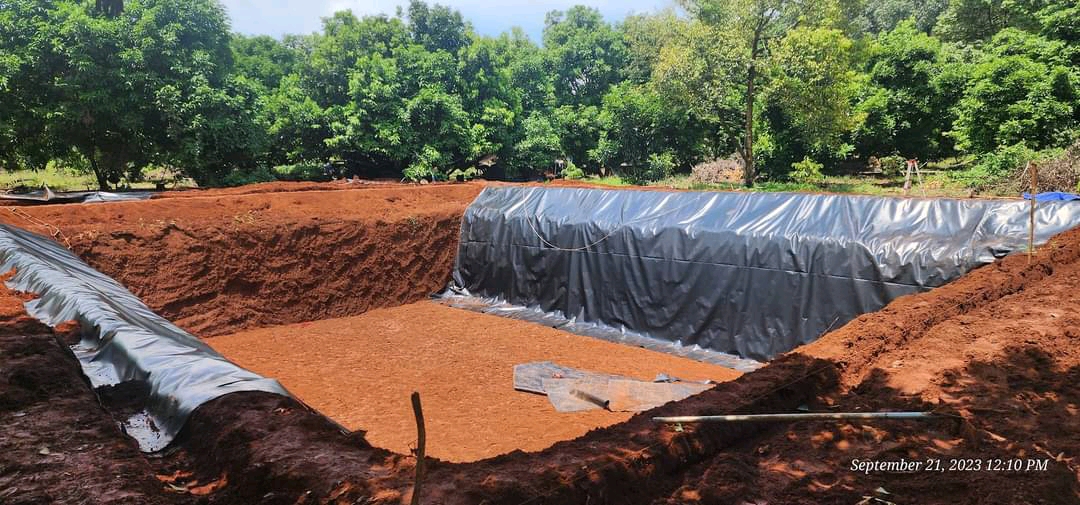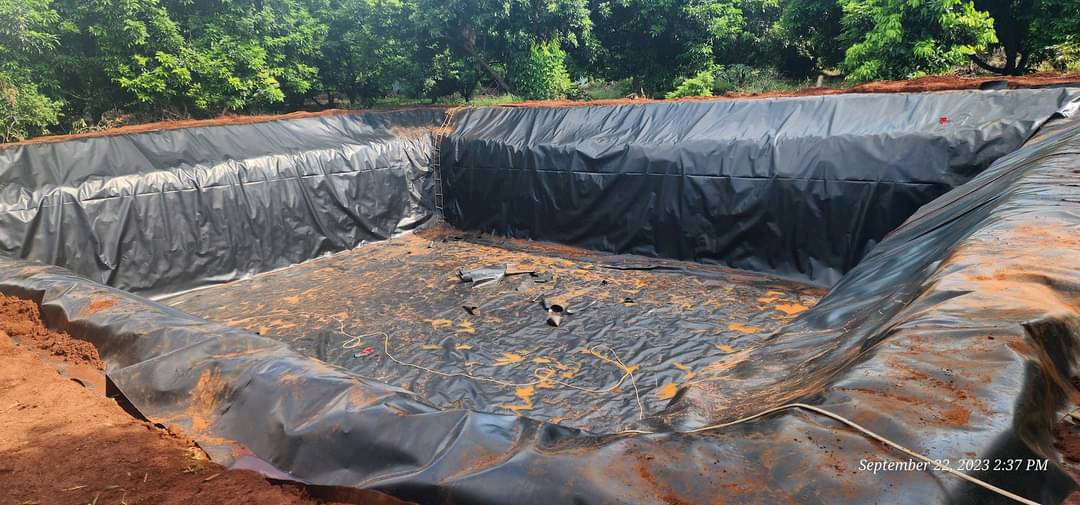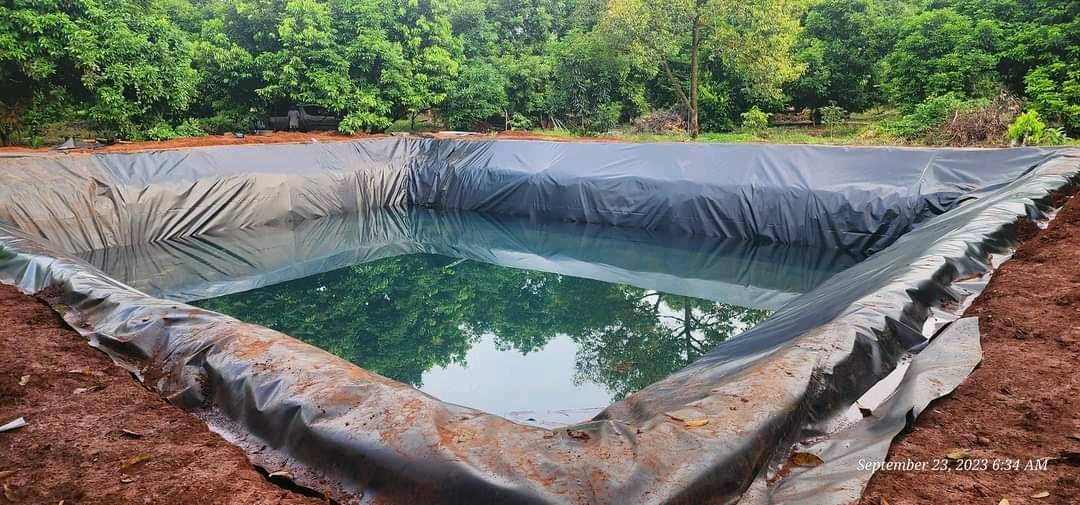
02 Feb How to Check And Repair Your Pond Liner System?
Have you noticed that the water level in your pond has dropped for no apparent reason? Pond liner is usually a closed system, which means there shouldn’t be any leaks.
Inspecting and repairing your pond liner is essential to maintaining the integrity of your pond. Here is a guide to inspecting and repairing your pond liner.



Check Pond liner
1. Drain the pond
- The first step is to drain the pond water to a level where you can easily access the liner.
2. Clean the pond
- Clean the bottom of the pond of any debris, rocks, or vegetation so that you can easily see the condition of the pond liner.
3. Check the pad surface
- Carefully inspect the entire surface of the liner for any obvious damage such as punctures, holes, or tears. Look for areas where the lining may be falling off or exceeding its load-bearing capacity.
4. Check seams and folds
- Check seams, folds, or corners for signs of wear or separation, and look for any areas where the padding may be excessively folded or creased.
5. Check the edges
- Important attention needs to be paid to areas in and around the edge of the pond, as these are the most common places where leaks can occur.
6. Check for leaks
- Check for possible leaks. It is important to observe where pipes or hoses enter the pond. Check these joints with the liner. These areas are often the most likely to leak.
7. Check underwater components
- If your pond has underwater components such as pumps or filters, you should focus on checking their connection points for leaks.
Repair pond liner
1. Clean the damaged area
- Clean the damaged area thoroughly with a clean cloth or sponge to remove any dirt or debri.
2. Mark the damaged location
- Use a pen to mark the damaged location and draw an outline so that the repair location can be accurately located.
3.Cut a Patch
- Cut a patch from the HDPE pond liner repair kit. Ensure the patch is large enough to cover the damaged area with some overlap.
4.Apply HDPE Adhesive
- Apply the HDPE adhesive or sealant to both the back of the patch and the cleaned surface of the liner. Follow the manufacturer’s instructions for application.
5.Place the Patch
- Carefully place the patch over the damaged area, ensuring it adheres smoothly and securely. Press down to remove any air bubbles.
6.Smooth and Seal
- Smooth out the patch to eliminate wrinkles or air pockets. Seal the edges of the patch with additional adhesive to create a watertight bond.
7.Allow Time to Cure
- Follow the recommended curing time for the adhesive before refilling the pond. This step is crucial to ensure a strong and durable bond.
8.Refill the Pond
- Once the repair has cured, refill the pond and monitor for any signs of leaks.
Tips
If the damage is extensive or you are unsure about making the repairs yourself, consider consulting with a professional who has experience with HDPE pond liners.


No Comments